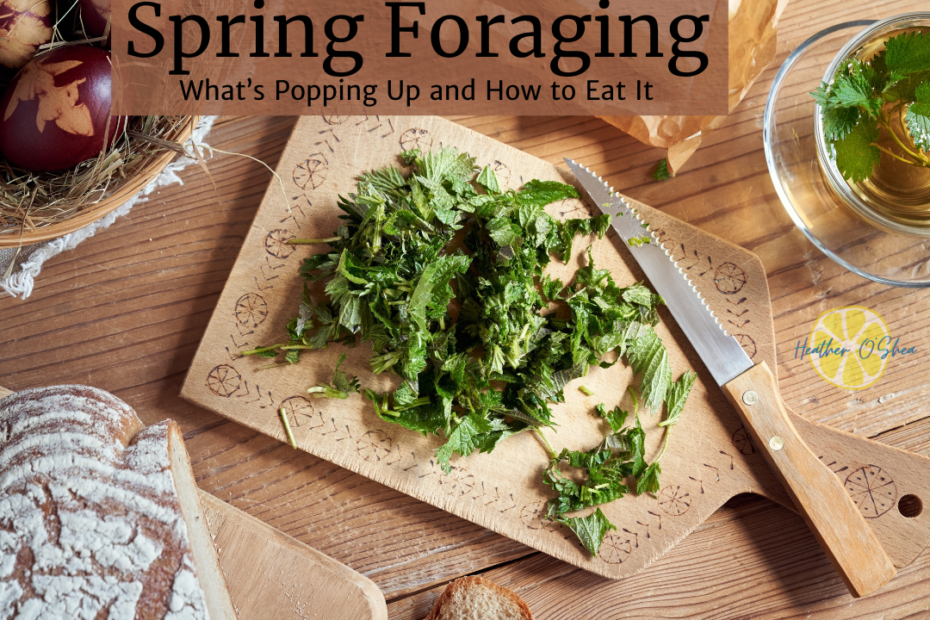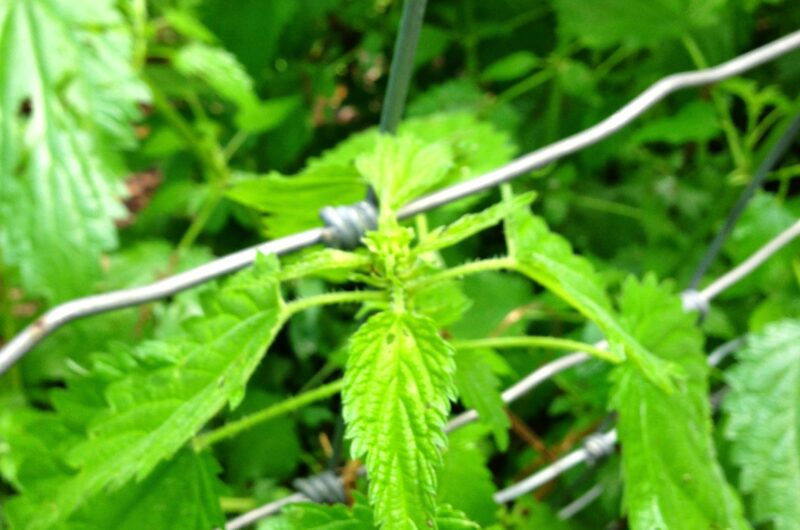*This post may contain affiliate links and I may earn a small commission when you click on the links at no additional cost to you. As an Amazon Affiliate I earn from qualifying purchases. You can read my full affiliate disclosure here.
Ah, spring—the time when nature wakes up, and so do the foragers. If you’ve ever dreamt of eating your way through the woods like a gourmet squirrel, you’re in the right place. March is here, which means it’s time to shake off the winter blues, grab a basket, and pretend you’re in some sort of cottagecore fever dream—because foraging season is back, baby!
If you’re in South Central Ontario like me, you know that our central/eastern North American foraging region is about to burst with edible treasures—if you know where to look. But before you go stomping into the woods like some kind of overly enthusiastic raccoon, let’s talk about preparation. Because nothing ruins a good foraging adventure like being underprepared (or, let’s be real, under-caffeinated).
Step One: Reacquaint Yourself with the Basics
If you’re new to foraging, welcome! You’re about to enter a world of free food, nature appreciation, and an excuse to spend way too much time talking about mushrooms. If you’re a seasoned forager, consider this a friendly reminder to brush up on your plant identification skills, ethics, and safety.
And let’s be clear: foraging is not a ‘grab everything that looks cool’ situation. Misidentifying plants can lead to disappointment, digestive distress, or in extreme cases, an unscheduled trip to the emergency room. So, take the time to refresh your knowledge. Flip through your field guides, rewatch those YouTube videos, or reread the notes from last year’s adventures.
I became so obsessed with foraging that eventually one of my friends started introducing me as “Heather, she knows whether this grass is edible or not” and other such silliness.
Get obsessed. It will work out in your favour.
Step Two: Gear Up Like a Pro
Let’s talk gear. You don’t need fancy equipment to be a great forager, but a few key items can make your life a lot easier:
- A good field guide – Preferably one that’s region-specific and weather-resistant (because we all know it’s gonna rain on the day you finally find that patch of morels). For wild edible plants, I highly recommend Sam Thayer’s Field Guide to Edible Wild Plants: of Eastern and Central North America.
- A foraging knife or scissors – For clean cuts and happy plants. I like to carry a paring knife, a mushroom knife, and some pruning shears for different purposes.
- Baskets, mesh bags, or paper bags – Plastic bags? Nope. They make your harvest sweat and turn your perfect greens into a sad pile of mush.
- Gloves – Because some plants (hello, nettles) don’t want to be touched with bare hands. Nothing says ‘foraging fail’ like getting into a slap fight with a patch of nettles. For nettles specifically, use dishwashing gloves. Trust me.
- A notebook – So you can keep track of where you found what (and not rely on your memory, which will absolutely betray you by next season).
- Bug spray and tick protection – Unless you enjoy donating blood to nature.
Step Three: Get to Know the Early Risers
In South Central Ontario, some of the best wild edibles start popping up as soon as the ground begins to thaw. If you’re itching to get out there, here are some early-season favorites to look for:
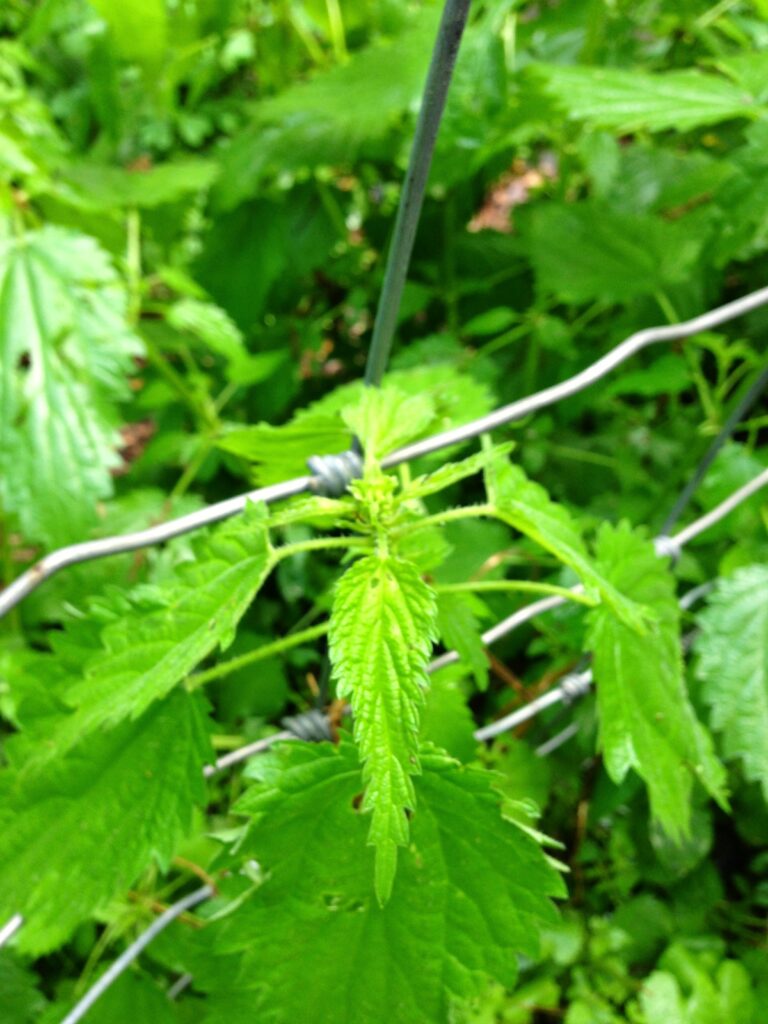
Stinging Nettle (Urtica dioica) – Ah, my first love. The very first thing I ever foraged, thanks to my friend Sam. Back in June 2013, Sam (who had come over from England and somehow knew more about Canadian plants than I did) took me out and showed me how to find, gather, and turn these feisty little greens into a delicious soup. One taste and I was hooked. And yes, they sting, but once cooked, they’re a vitamin-packed delight.
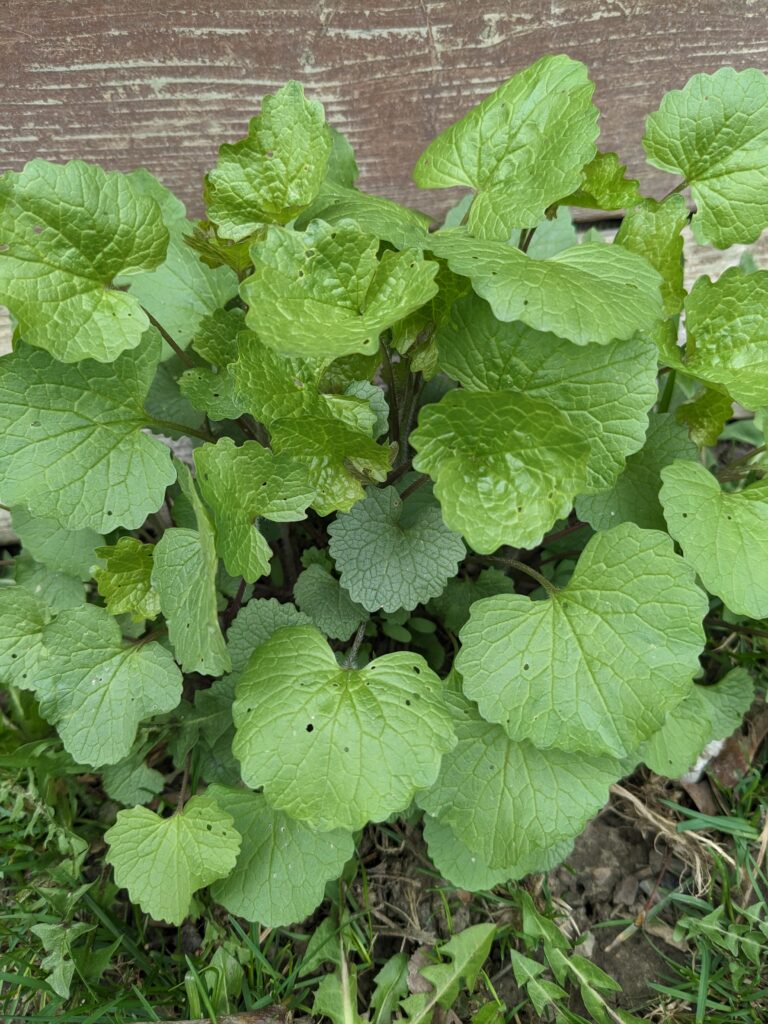
Garlic Mustard (Alliaria petiolata) – An invasive menace but oh-so-tasty in pestos and stir-fries–you can also prepare them just like Rappini.
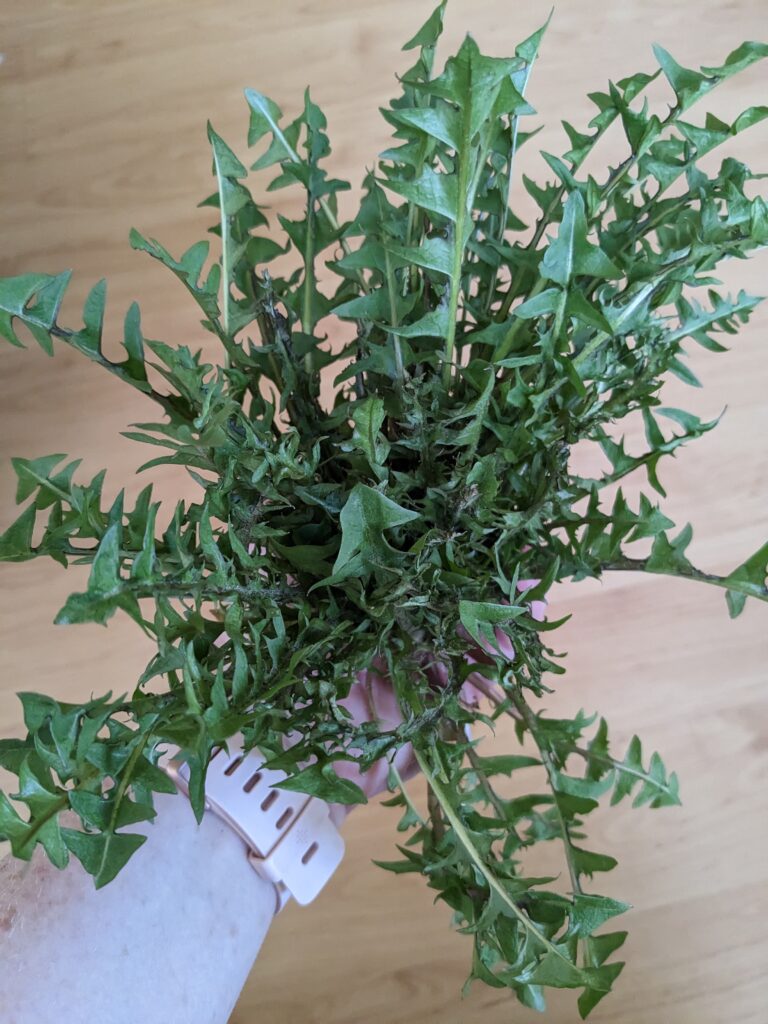
Dandelion Greens (Taraxacum officinale) – Slightly bitter, ridiculously nutritious, and available just about everywhere–just don’t eat the ones from your neighbour’s pesticide-sprayed lawn.
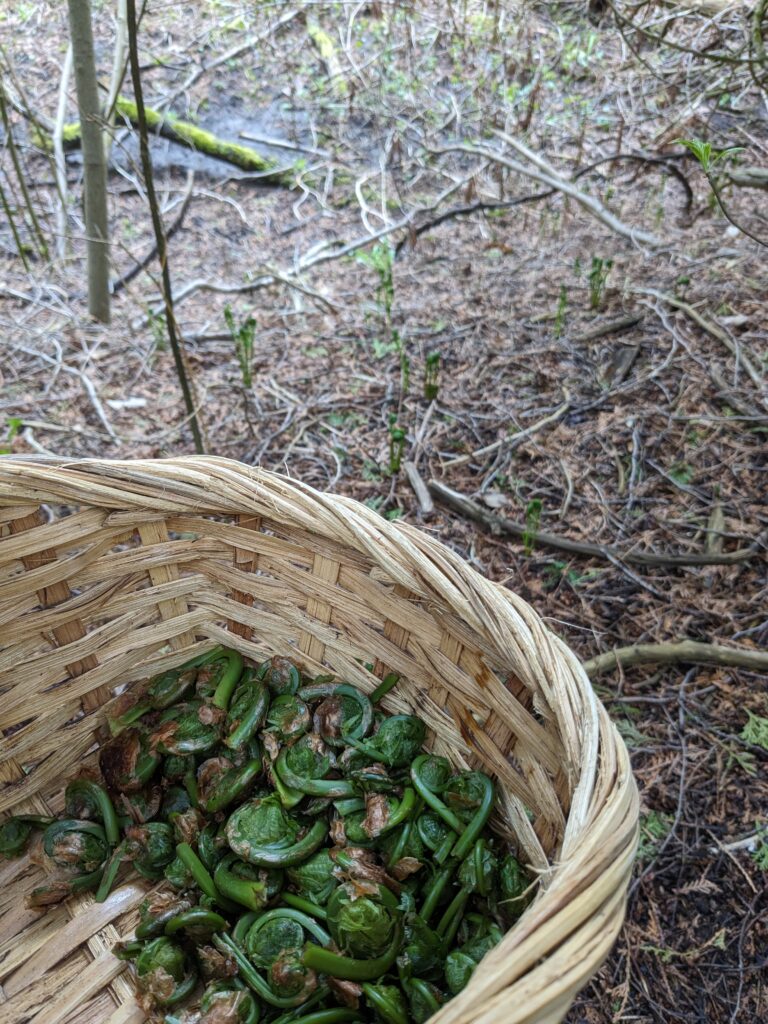
Fiddleheads (Matteuccia struthiopteris) – Those adorable little curled-up ferns? They taste like spring itself—and have you SEEN what they charge for them at the Brickworks farmer’s market?
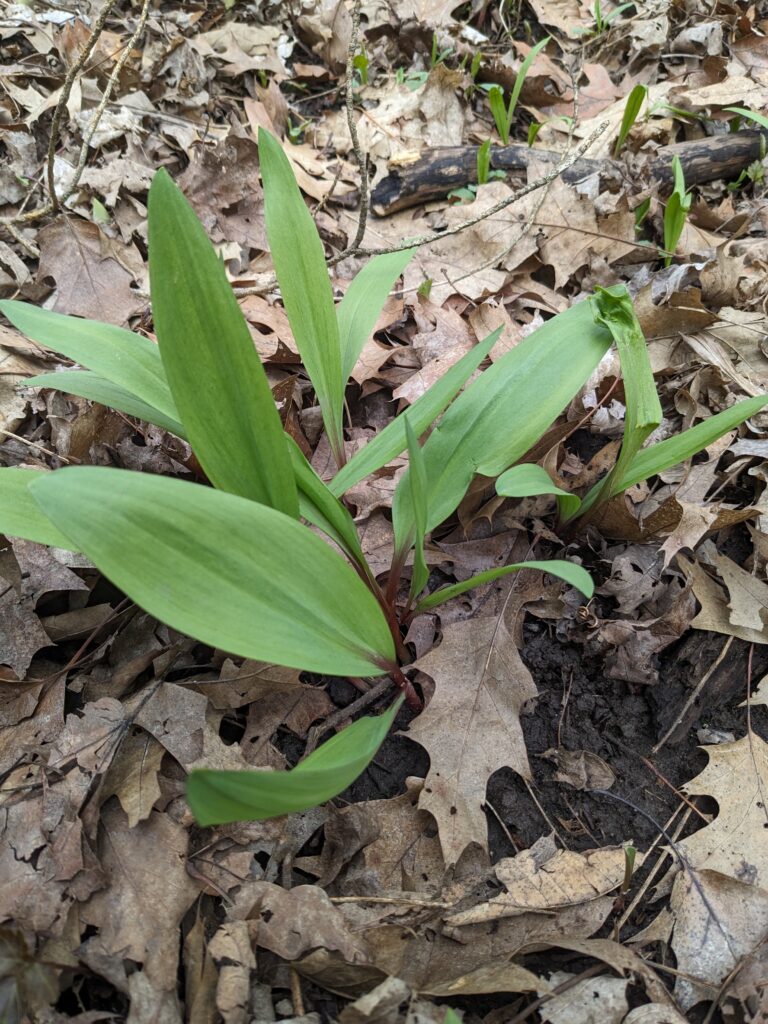
Wild Leeks (Allium tricoccum) – Also called ramps, these have a cult following for a reason. Just don’t overharvest (seriously, they take years to grow back).
Sam knew how to do all sorts of interesting things like forage, make his own homemade ciders out of random fruits, play several musical instruments including the accordion and ukulele, and even though he was vegan, he sometimes played “the bones”—literally someone’s leftover pork rib bones that had been cleaned and dried out, used as a percussion instrument.
Step Four: Foraging Etiquette—What NOT to Do
Foraging is fun, but let’s not be the jerks of the forest. Here’s what NOT to do:
- Don’t forage near roadsides – Hello, exhaust fumes.
- Don’t wipe out entire patches – We’re foragers, not locusts.
- Don’t eat anything you’re not 110% sure about – Unless you like playing botanical Russian roulette.
- Don’t forage in conservation areas – It’s totally illegal unless you’re Indigenous.
Step Five: Get Cooking
Foraging isn’t just about finding food—it’s about eating it! Once you’ve gathered your wild greens, mushrooms, or whatever delightful bits of nature you’ve discovered, it’s time to turn them into something delicious. If you’re not sure where to start, I highly recommend a simple nettle soup, just like the one that kicked off my foraging obsession over a decade ago.
Stinging Nettle Soup
Course: ForagingStinging Nettles are a nutritional powerhouse. Gather them carefully with rubbler gloves and then make this soup!
Ingredients
Oil
Onions, chopped
Garlic, minced
Stinging Nettle Leaves (the tops of the plants are best)
Vegetable or Chicken Stock
1 or 2 potatoes, chopped
Salt & Pepper, to taste
Directions
- Heat a pot on medium, then add some cooking oil.
- When the oil is hot, add the onions and some salt and pepper. Cook for a few minutes, avoid browning.
- Add the garlic and stir for another 30 seconds.
- Add the nettles and stir. Then add the stock and the potatoes.
- Bring to a simmer, cover, and stir occasionally until the potatoes are soft, then blend with a stick blender until smooth-ish. Adjust seasoning to taste.
So, fellow foragers, get ready, get prepped, and get out there. The season is just beginning, and the wild pantry is waiting!
What are you planning to forage first? Drop your favorite wild edible in the comments—I won’t judge if it’s dandelion wine.
